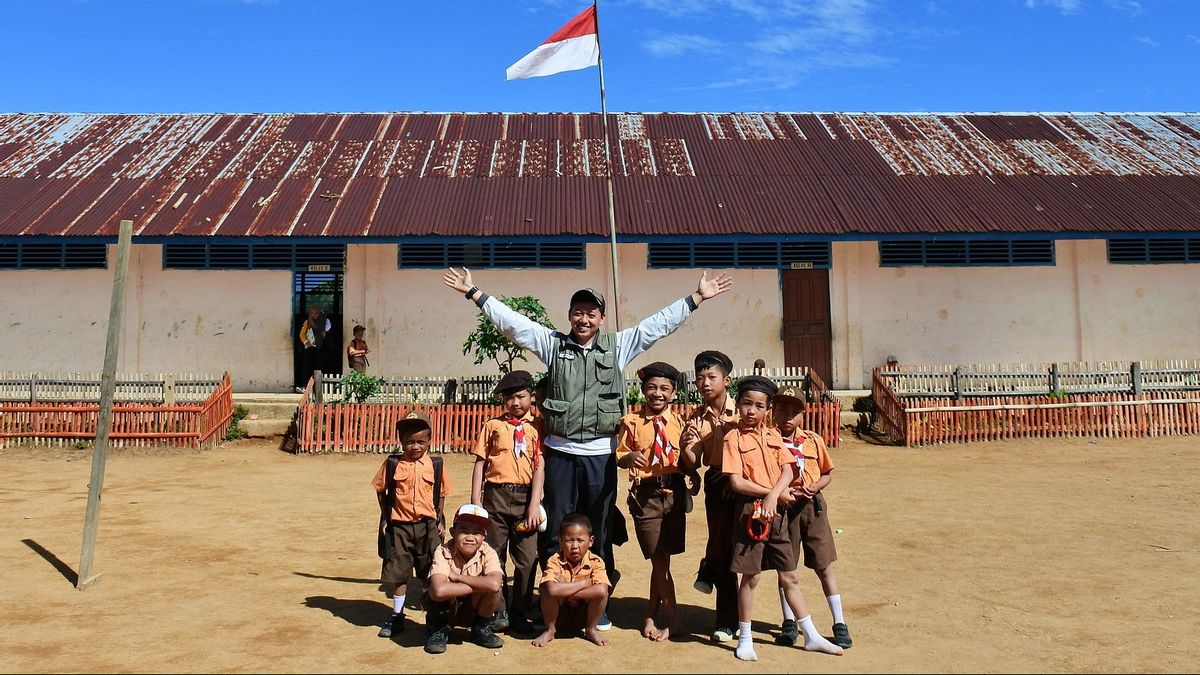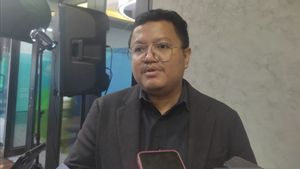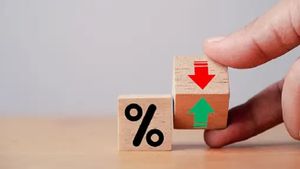PASURUAN - The collapse of the roof of SDN Gentong, Gading Rejo, Pasuruan was a big slap in the face of education. If education is the ideal of the nation, how far will the state guarantee security in the teaching and learning process?
Irza Almira, a class IIA student (8) and her teacher, Sefina Arsi Wijaya (19) died in the disaster. Apart from the two, eleven pupils were injured. Bad luck. The roof collapsed in the middle of the teaching and learning process. It is ironic, because what we remember, education is everything for this country.
Article 45 of Law Number 20 of 2003 concerning the National Education System provides a mandate. Every education unit is obliged to provide facilities and infrastructure that meet educational needs.
These needs must be adjusted to the growth and development of the physical, intellectual, social, emotional and psychological potential of the students. It is a tough job because the achievement of that question is still low.
The decline in the realization of facilities and infrastructure
Educational facilities are media or material tools that play a role in teaching and learning activities directly, starting from furniture, such as chairs and tables. Or educational equipment in the form of props, to educational media, blackboards
Meanwhile, educational infrastructure plays an indirect role in teaching and learning activities, such as classrooms and libraries (Permendiknas Number 24 of 2007). No negotiations. Fulfilling adequate educational facilities and infrastructure is an important asset to improve the quality of education.
The records of the Central Statistics Agency (BPS) in 2018 describe the number of primary schools reaching 148,244. If broken down, it can be seen that the number of public elementary schools has decreased by 48 schools compared to the previous school year. On the other hand, the number of SD managed privately has increased by 789 schools.
In 2017, the number of public elementary schools was 132,022, while in 2018 there were 131,974 units. Meanwhile, the number of private primary schools has increased, from 15,481 units in 2017 to 16,270 units in the following year.
In the data, three levels of damage were classified, ranging from mild, moderate to severe. Although there were improvements in the 2017/2018 school year, the percentage of damaged and severely damaged classrooms was still above 50 percent.
In 2018, the condition of slightly or moderately damaged classrooms was recorded at 63.59 percent of the total number of SDs. Meanwhile, the total number of severely damaged elementary schools reached ten percent. This means that only 26.41 percent of SD were recorded in good condition.
The English, Chinese, Japanese, Arabic, and French versions are automatically generated by the AI. So there may still be inaccuracies in translating, please always see Indonesian as our main language. (system supported by DigitalSiber.id)








